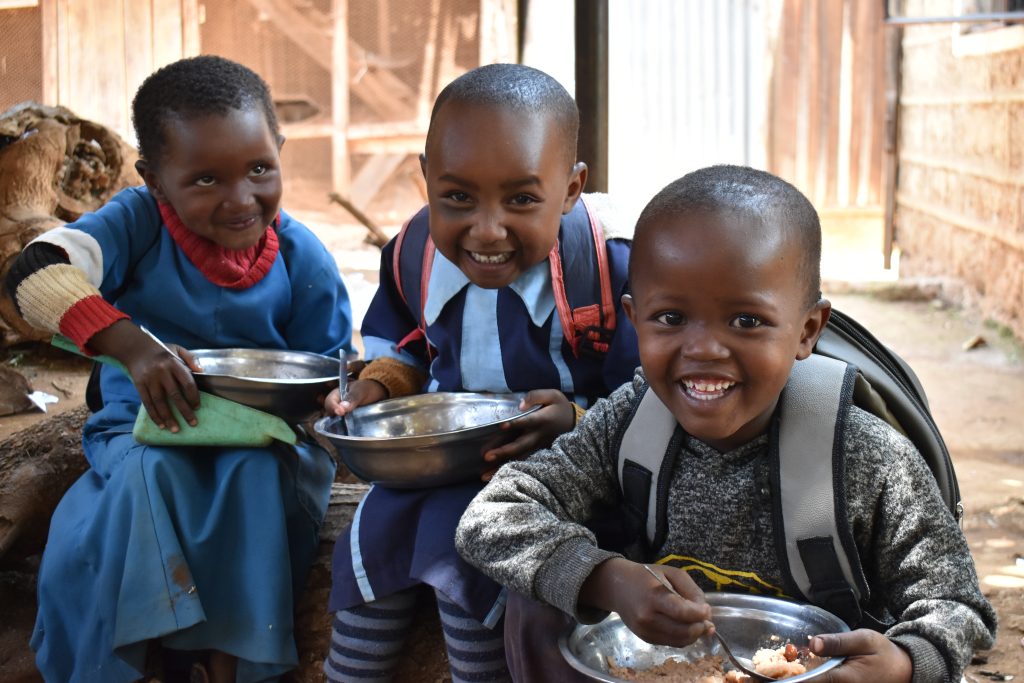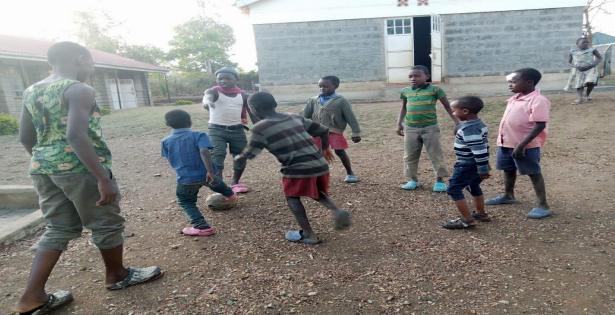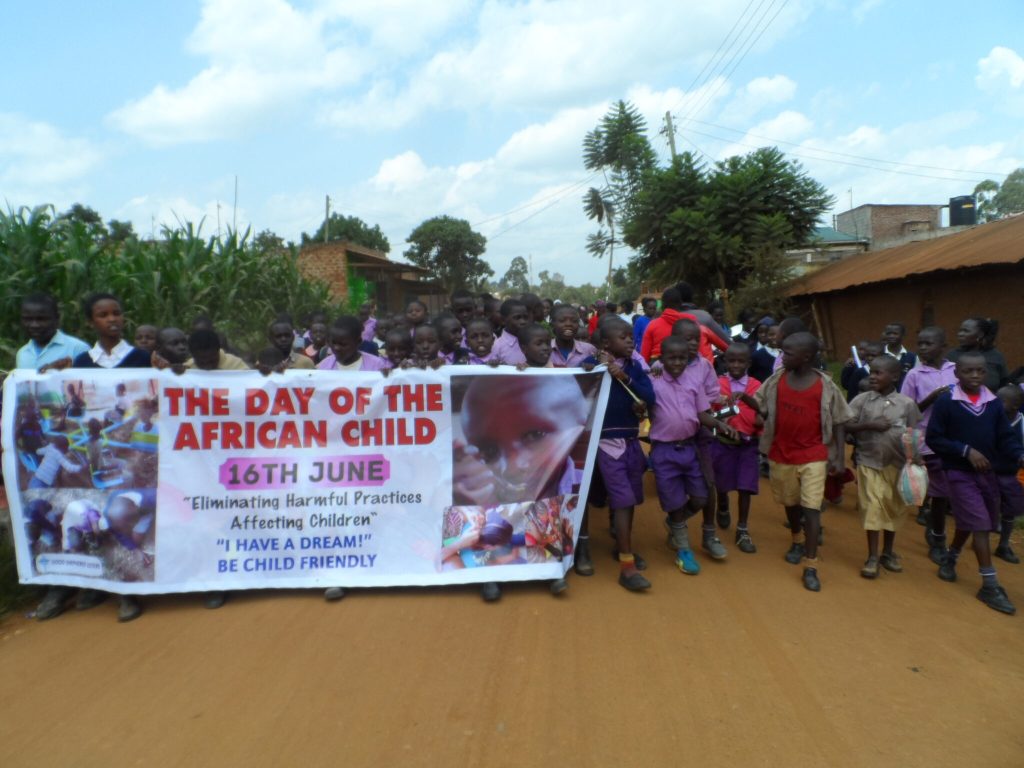Child Development
Education is widely recognized as a cornerstone of child development and future well-being. It expands opportunities, improves earnings, and reduces intergenerational poverty. The education level of a household head is strongly linked to child health, nutrition, and long-term social outcomes (Bourguignon et al. 2007; Kovacevic, 2010). By equipping children with literacy, numeracy, and vocational skills, education enhances their ability to secure better-paying jobs and achieve higher living standards (KNBS, 2013).
Even in households where essential services like sanitation or clean water are lacking, studies show that children of educated mothers have higher survival rates. Education therefore acts as a powerful equalizer, increasing the chances for children to break cycles of poverty and access opportunities for growth and self-reliance.


Despite progress, many children in East Africa face challenges in accessing and completing school. In Kenya, over 1.2 million primary-school-age children remain out of school (UNICEF Kenya). In Uganda, only one in four children who start primary school transitions to secondary, with less than a quarter (24%) of adolescents enrolled at that level (UNICEF Uganda). Factors such as early marriage, teenage pregnancy, abuse in schools, and high fees particularly limit girls’ education. Children with disabilities face additional barriers, often due to lack of inclusive facilities and inadequate government recognition of informal settlements where many schools operate.
National statistics highlight these inequalities. In Kenya, one in four adults has never attended school, while slightly over half have only primary education. Only 23% have reached secondary education or higher. Rural areas fare worse: a third of the population has no education, and just four in 25 people complete secondary school. These disparities emphasize the need for equitable access to quality education to foster children’s holistic development and long-term opportunities.

